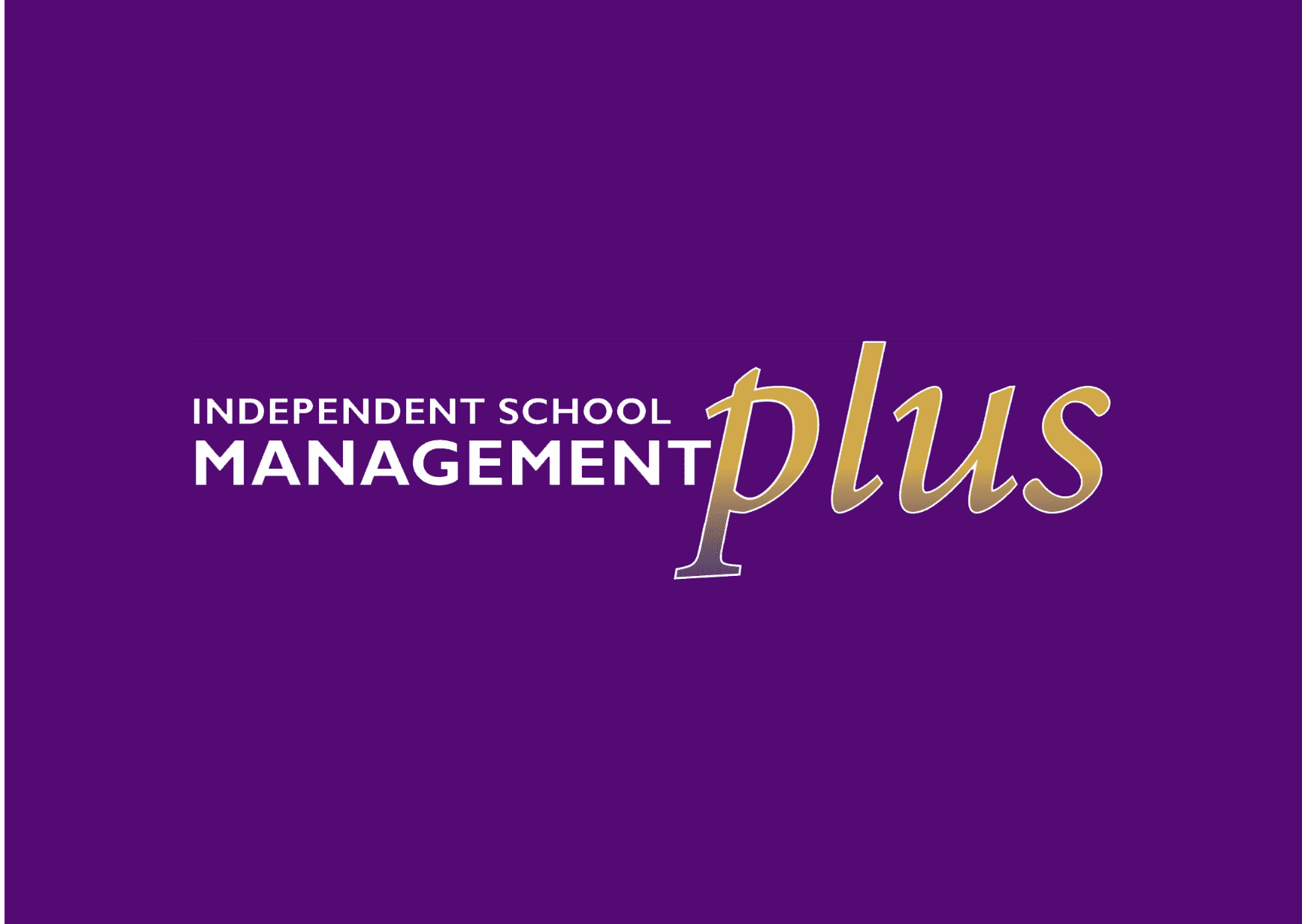
The DFE’s school census offers vital intelligence for independent schools looking to hold their position in the market, writes James Leggett…
Those responsible for crunching the admissions numbers in English independent schools find the annual DfE school census data particularly useful context.
This school census data is especially useful in that it indicates countrywide trends that are most often rooted in population data — rather than any aspect of performance that is within an individual school’s control.
Secondly, it offers the chance to compare like with like and determine whether or not their own school is performing in line with others of a similar nature.
The data does only cover England, however — no similar school census was carried out in Wales last year, while Scottish data is only available by specific request.
Falling pupil numbers
Sadly for our sector, the headline in this year’s recently-released DfE school census findings is that the number of pupils in English independent schools continues to fall. In the academic year 2020/21, 569,366 children across England were attending fee-paying establishments — 6.4 per cent of the school-age population.
“The heady days of 2008/9, when 7.4 per cent of England’s children were attending fee-paying schools, now seem a distant memory.”
Although this may sound a significant number, in fact this represents a reduction of 1.3 per cent — 7,504 pupils — compared to 2019/20’s figures. Looking further back, it’s clear to see a fairly dramatic downward trend — the loss year-on-year from 2016/17 to 2017/18 was 0.2 per cent (1,395 pupils).
The heady days of 2008/9 for example, when 7.4 per cent of England’s school-age children were attending fee-paying schools, now seem a distant memory.
Regional differences
Even the traditional heartlands for independent education are struggling. Numbers of pupils in independent schools are down by 0.7 per cent in London, and 1.9 per cent in the South East. Yorkshire and the Humber has shown a significant downturn of 8.1 per cent.
Interestingly though, the North West is bucking the trend, with an increase of 3.1 per cent, mainly due to the growing popularity of specialist faith independent schools in the area.
The local authorities that have shown the largest increase in independent school pupils are North Lincolnshire, Wigan, Sandwell, Knowsley, Warrington, North Tyneside, Barking and Dagenham, Darlington, Stoke-on-Trent, Dudley and Salford.
Most are northern locations, where even small increases in school rolls show a proportionately big swing. But state schools here are more likely to be included in the list of those that are failing, so the rise in independent school admissions could be explained by aspirational parents making the decision to invest in their children’s education and increase their chances of future success.
Age and gender
The total number of boys in independent school is down by 2.1 per cent, and girls slightly more — a fall of 2.7 per cent since 2015/16.
Age seems to be more significant. The numbers of four-year-olds attending independent schools is down 14.8 per cent on 2015/16 numbers, although 13 year olds are up 11.8 per cent (compared to 14 per cent overall).
“The number of under-threes in independent schools is down 16 per cent since 2015/16.”
When it comes to pre-school aged children, 95 per cent of children under the age of one who are in school are in independents, with 33 per cent of all one-year-olds in schools using independent options. The number of under-threes in independent schools is down 16 per cent since 2015/16 – from 36,128 to 30,331, in line with the fall in the birth-rate.
Inability to maintain numbers
Is this inability to maintain pupil numbers the responsibility of the independent education sector, or due to a wider demographic trend? Certainly, the fall in the birth rate means that the addressable market for independent schools is contracting too. However, MTM’s market research indicates that the escalation in fees is likely to have had the largest impact, having resulted in reduced affordability for parents in many of the professions that were traditional users of independent education, essentially pricing them out of the market.
Championing the cause
A factor we at MTM also consider significant is the apparent lack of a champion for UK independent education. If more were done to raise awareness of the benefits of independent schooling, the potential return on investment of school fees, and also the warm welcome that awaits “first-time buyers” at independent schools, perhaps a wider section of the population — who our research tells us are able to afford school fees — would feel more comfortable about considering independent schooling for their children?
State school competition
Certainly, the school census shows competition from state schools cannot be ignored. The Priority School Building Programme has been successful in creating many new and extremely well-equipped state schools across the country, now posing a challenge to existing independent schools, many of which struggle to meet the cost of maintaining their historic buildings.
Unable to compete on facilities, the battleground has become class sizes — however the fall in the birth rate since 2014 means that many of the newer state primary schools currently have small class sizes too. State schools often have the added advantage of convenience as they are necessarily located in well-populated areas while independent schools can often be found out in the wilds, unreachable by foot or public transport.
“The independent school sector continues to become more exclusive, rather than less so.”
It seems that independent schools are no longer keeping pace with growth in the state school sector – instead, they have experienced significant contractions in areas where state schools have held their ground, and have been unable to expand in areas where state schools are now thriving.
The upward trajectory in school fees has left salary rises behind and, despite a general increase in the value and availability of bursaries, the independent school sector continues to become more exclusive, rather than less so.
Mitigate the challenge
It is clear that independent schools now claim a smaller than ever share of a market that — due to the steadily falling the birth-rate — continues to contract.
But there are actions independent schools can take to mitigate the challenge of state and other independent competitors and capitalise on opportunities to realise potential market share:
As ever, understanding your school’s market is key, particularly knowing which schools —both state and independent — are expanding, and researching the reasons why. Identify the points of differentiation and assess which are being won and lost — academic results, facilities, accessibility, for example?
Interrogate your school’s admissions performance — are enquiries genuinely down, or are not enough enquiries converted to acceptances?
Does your school demonstrate the benefits of the education on offer, and represent true value for money? For aspirational families this return on investment could mean academic results, university offers, networking opportunities.
“Interrogate your school’s admissions performance — are enquiries genuinely down, or are not enough enquiries converted to acceptances?”
Is your school doing enough to encourage enquiries from parents unfamiliar with independent education? Is it welcoming and approachable? Are bursaries supported by financial assistance for necessaries such as uniform, transport, trips and extras?
The story told by the latest DfE school census data will ideally prompt a re-evaluation of what constitutes a realistic size for an independent school. Hopefully, where necessary, there will be a redoubling of efforts on the part of the independent sector to be resilient in the face of a state sector that is squaring up to compete.


